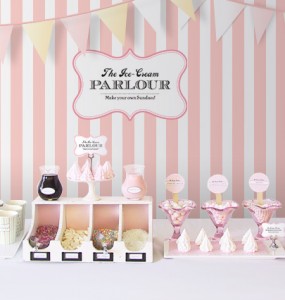Athena Szabo wrote two articles called Sell Yourself! talking about self marketing. I took the same two courses that she was comparing in the posts, COMM 296 and COMM 202. I find these two courses are quite related, and are the two most helpful and practical courses I have taken at Sauder. I think it will be quite interesting to discuss more about self selling using marketing concepts here.
Referring to the Sauder Career Success Cycle above, every step requires self marketing strategies. For the first two steps, “Assessing self” and “Researching Options”, they are more like SWOT analysis in marketing. Before getting started the career, we should firstly get to know ourselves better, find out our “strengths” and “weaknesses”. Also we should have an overview of the outside world or industries, that means we should uncover the “opportunities” and be aware of the “threatens” from competitors. We could gather information for the self marketing research from professionals’ suggestions or friends’ recommendations. Because industry professionals are like our potential clients who will hire us someday, they will help us to set long-term goals and develop certain skills. Friends or colleagues are like current customers, their feedback or evaluation will help us to improve. A comprehensive and detailed analysis of ourselves and the targeting industry will definitely help us to develop competitive advantages for the career.
Another marketing strategy that could be applied into career success is always thinking from the “customers” side. Here, the customers will be our employers. I think this is one of the most important things I learned at Sauder, always think about what you could give, then you will receive what you want. Employers are hiring you and paying you the wage (price) just because they value your input for the company. So, while selling ourselves, instead of keeping talking about ourselves, why not to think about what are the company’s needs? Only if we understand the target market or firm well, could we make efficient use of our marketing resources (mainly time, energy and money) and build a premium brand for ourselves.
Marketing is always interesting but harder than it seems to be. I understand that not only through the marketing group project, but also from the whole job application process in COMM 202 class. And the most difficult part is, marketing is a life-long process, it requires persistency. For most of people, self marketing is an individual work and whether we aware of this or not, we are marketing ourselves everyday, through group work, assignments, conversations and even body languages. Let’s start to build our brands today, good luck to us all!





